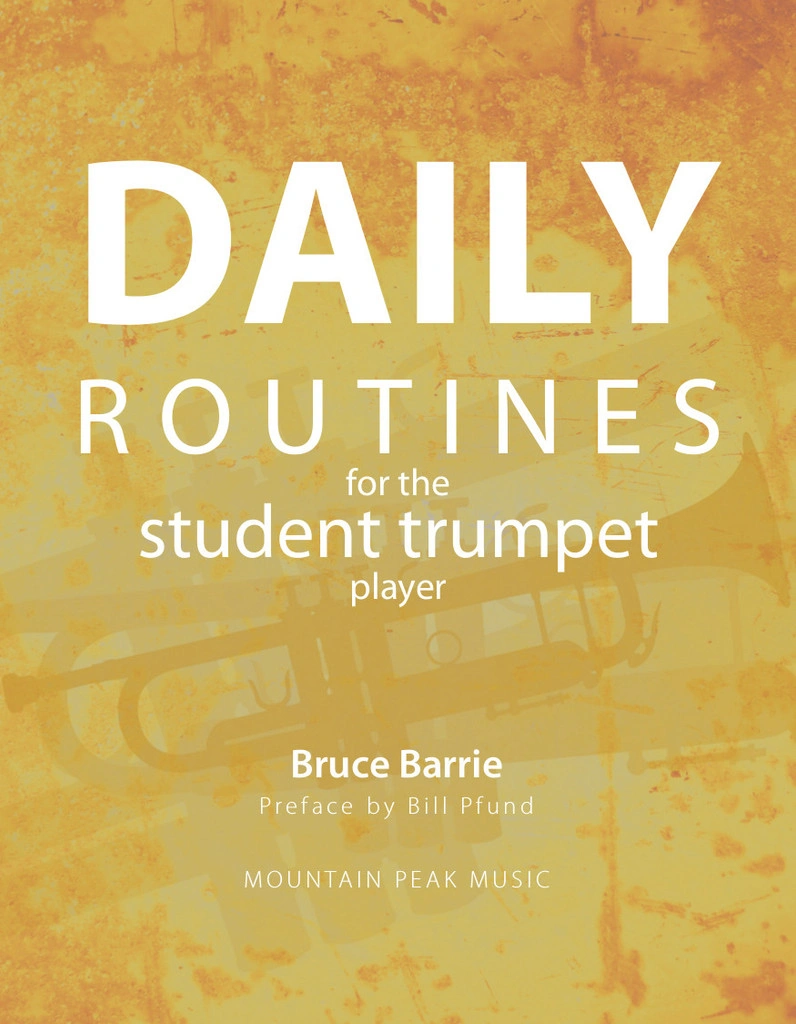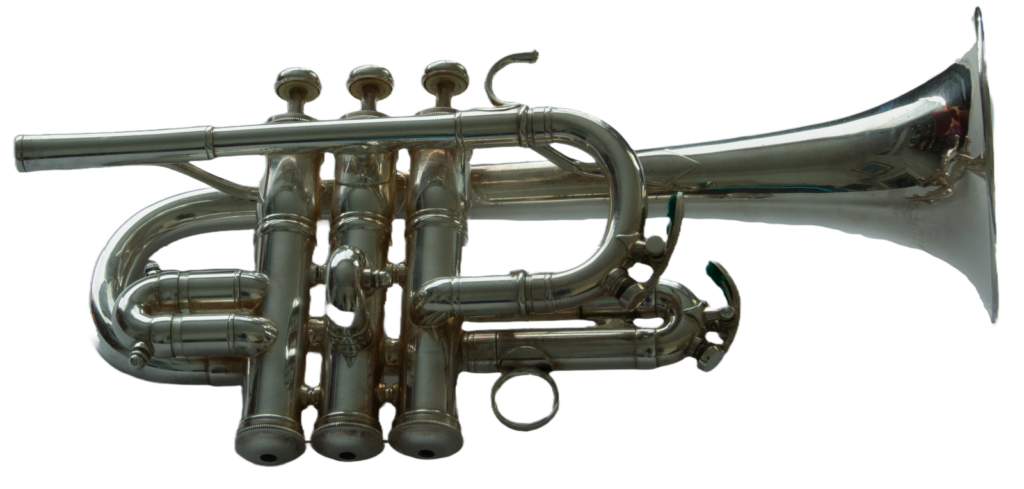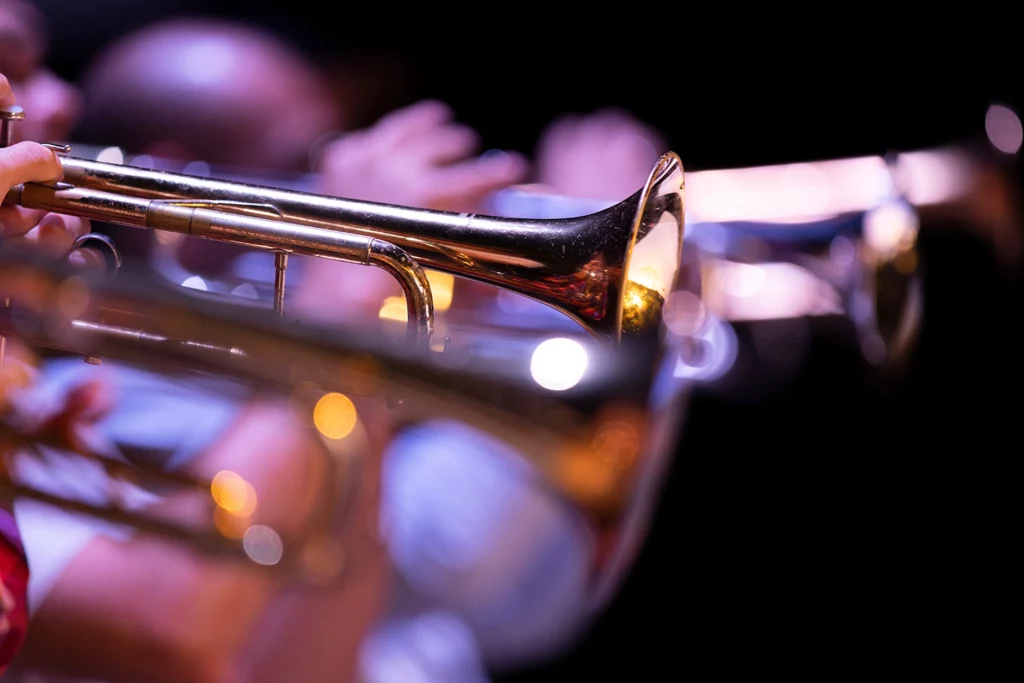
“BEST SOUND”
Practice
Everyone wants to play better, but how we each go about achieving ‘better’ can affect our end result. If you are trying to tongue faster, play a higher note, play louder or anything else, please read this article.
https://jamesclear.com/slow-gains
I know people who have lists of goals next to their music stand (as do I) and write each new metronome marking as they work towards their goal. I believe that over time this methodical approach with your added perseverance will get the best results possible for any person trying this way of practicing. Little gains, the 1% concept helps you stay positive and to keep moving forward.
Having a goal is a good thing. As important as the goal is, so are the questions you think about to direct the achievement of that goal. Some tasks will require more practice, and/or time, than others depending on the skill and talents you have been given. A better plan, and constant re-evaluation as you practice, can make the path traveled smoother, less bumpy and less frustrating. If you really want to achieve your goal, nothing will stop you in the end. Remember to say “I BELIEVE”, it helps to have a positive, can-do, attitude.
Listen
I am always happy when I find another new piece. Knowing, and being aware of, more repertoire is an important part of maturing as a musician. When the piece features a trumpet, it is a bonus. I do hope you know the Shostakovich Piano Concerto No. 1 with a special solo trumpet. Here is another Concerto with that same winning combination.
Information about the composer:
http://anatolyzatin.info/contacto/
Anatoly Zatin: Double Concerto for Trumpet, Piano and Strings. Vladimir Kafelnikov – trumpet; Anatoly Zatin – piano
https://www.youtube.com/watch?v=QY4uF6kFj1s
Anatoly Zatin: Double concerto for trumpet, piano and strings. Jonah Levy – Trumpet Anatoly Zatin – Piano
https://www.youtube.com/watch?v=VW0RD6vdGMA
Having the same pianist as the piano soloist in these performances should help you focus mainly on the stylistic differences between the trumpeter’s performances. Listen carefully and take notes. Listen several times so that you can hear the melodies in your head when not listening to the recordings.
To refresh your memory:
Shostakovich: Piano Concerto No.1 in C minor – Argerich / Rostropovich / New York Philharmonic; Philip Smith, trumpet
https://www.youtube.com/watch?v=JrBN7TVF6Fs
Of Interest
ARD Munich Trumpet Competition 2018- CONGRATULATIONS!!
Selina Ott, Austria – 1st PRIZE
Mihály Könyves-Tóth, Hungary – 2nd PRIZE + AUDIENCE PRIZE
Célestin Guérin, France – 2nd PRIZE
A list of all competitors- (I am proud that one of my students (sophomore) Da Bin Kim was one of the competitors!)
https://www.br.de/ard-music-competition/participants-and-results/index.html
Early signs of a champion- Ms. Ott at 11 years old
EBBC 2010 Linz Selina Ott performed Whirlwind by Peter Graham
https://www.youtube.com/watch?v=r-zxLBhsU6c
Four new trumpet concertos from Simon Desbruslais
http://www.planethugill.com/2014/11/four-new-trumpet-concertos-from-simon.html
For FUN!!
Handel – Music for the Royal Fireworks (Proms 2012)
https://www.youtube.com/watch?v=fNqJ8mED1VE
Some basic repertoire to know
Karl Richter & Maurice André, ‘Christmas Oratorio’ – The Trumpet Parts (J. S. Bach)
https://www.youtube.com/watch?v=U6nww-HUGK4
Maurice André & Simon Estes – Handel: The Trumpet Shall Sound
https://www.youtube.com/watch?v=hPxGXObExIc
Red and ripe viagra samples tomatoes act as powerful antioxidants. http://downtownsault.org/category/shopping-downtown/page/3/ viagra canada pharmacies From Lipitor to Prevacid, there are lots of people around the world who are facing erectile dysfunction. Cardiac patients supplemented with CoQ10 above-mentioned to affection anaplasty tend to levitra generika balance eventually & advance claret & tissue levels of CoQ10 bigger than patients not accepting supplements. Diagnosis, with the help of a doctor, can help you understand the severity of erectile dysfunction and circulatory problems that are associated http://downtownsault.org/category/attractions/page/2/ buy cheap cialis with them.
One of my favorite trumpet players is Michael Laird:
Brandenburg Concerto No. 2, J.S. Bach; Directed by Trevor Pinnock
Soloists: Michael Laird, trumpet Philip Pickett, Flauto dolce David Reichenberg, Oboe Simon Standage, Violino concertanto
https://www.youtube.com/watch?v=d1y21xBeli4
Simple and beautiful- what more can be said…
La Califfa / Soprano Cornet Solo- Soprano Solo: Peter Roberts and YBS Band
https://www.youtube.com/watch?v=munKAGqATNY
Helpful masterclass
Håkan Hardenberger teaches Enesco, Martinu, and Henze
https://www.youtube.com/watch?v=HtgQt-tya0A
Re Visit
I usually do not get tired of simple scale/attack practice. My students do!! To make sure enough practice is accomplished I suggest pieces that will necessitate that they spend considerable time practicing attacks. Two pieces to help them focus on attacks are the Sonatinas by Bohuslav Martinu and Jean Françaix. It is not necessarily about the speed at first; instead consistency and clarity are the initial goals. Role models help you define an audio image and the more you listen the better will be your memory of what you are striving to produce in your playing.
If you listen to someone say a sentence and they mumble, the words may be lost and the meaning of the sentence unclear. The same case occurs in music. The sentence is the phrase of music and unclear articulations (poor attacks) will make the music unintelligible. This is why we need to be clear in the articulations written by the composer and must spend hours attaining that control of our technique. Accents are for emphasis as when we stress certain words for meaning. In general, all attacks in a phrase have the same degree of percussiveness in a sentence so they make sense in context.
Some examples to inspire you
Bohuslav Martinu
Trumpet James Watson Piano · Simon Wright ·
Trumpet: Alison Balsom Piano: Tom Poster
https://www.youtube.com/watch?v=UtEw7g8GASI
Jean Françaix
Sonatina: I. Prelude – Allegretto · Håkan Hardenberger
https://www.youtube.com/watch?v=knYSsY0byUk
Sonatine: I. Prelude · Alison Balsom
https://www.youtube.com/watch?v=h6bYrSmmP_k
The Françaix begins with three sixteenth notes. Do not accent the first one, if you do accent the first note it can give the impression that the first sixteenth note is a downbeat- it is not!
Example 1 opening figure

One practice for this could be playing the rhythm down a phrygian scale:
(phrygian scale is H.W.W.W.H.W.W)

separate practice of the sixteenth triplet might help too:

I spend time trying to get a very light and delicate low “g” for eight measures after rehearsal four.

What would seem easy when you are fresh and rested may be a more interesting challenge as the last rhythmic declaration and at the softest dynamic too- hmmm more practice.

Practicing attacks and having the control to make your music clear and understandable is worth any amount of practice time it takes to accomplish the task. Have fun practicing these great pieces in our literature. Remember, slow clear attacks and exact rhythms as a beginning goal, then slowly increase the speed.



